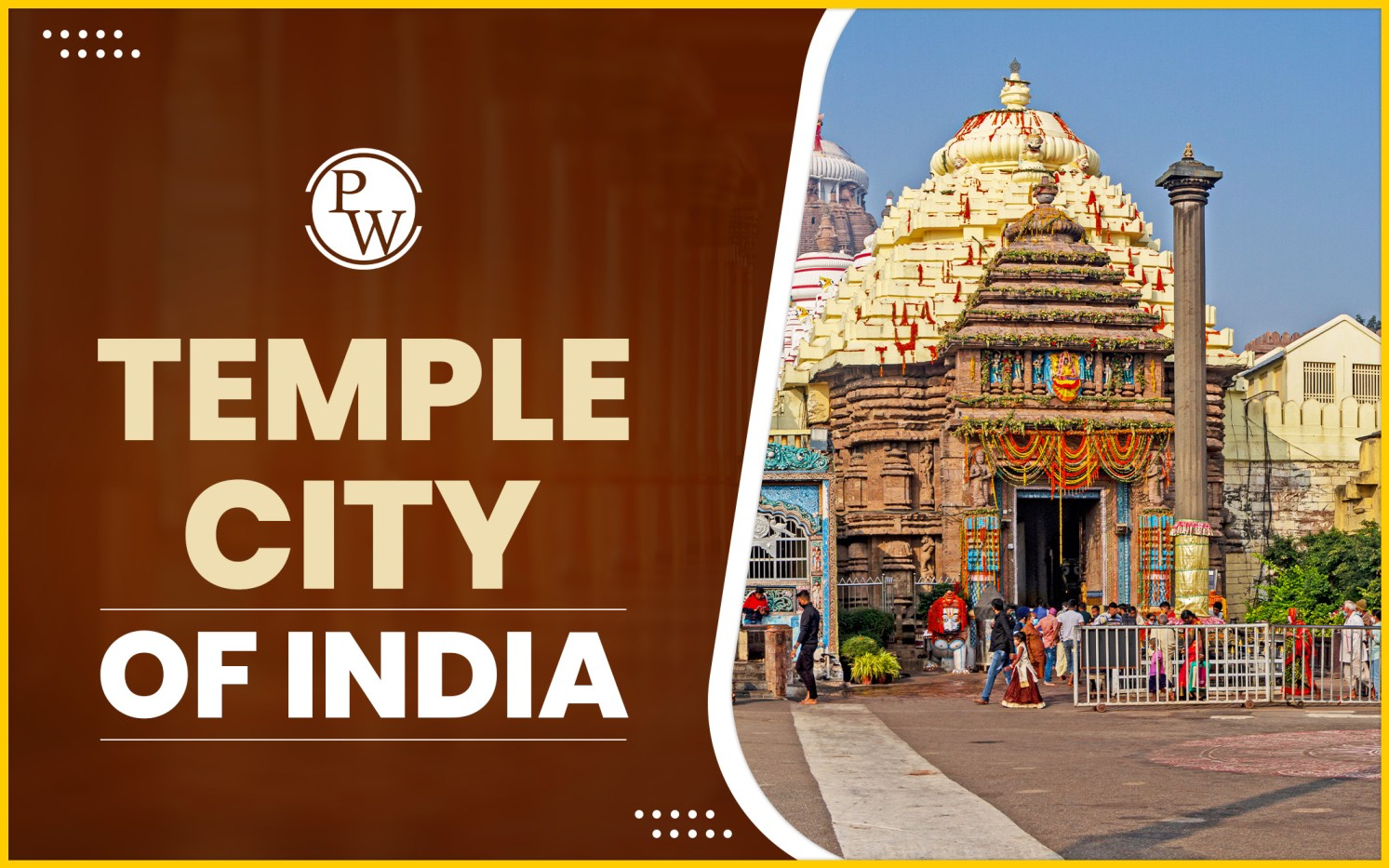
Temple City of India: The capital of Odisha, Bhubaneswar, is situated in the centre of the country's eastern coast and is referred to as the "Temple City of India." Its name comes from the numerous temples that dot its terrain, which are a testament to India's rich architectural, religious, and cultural legacy. Bhubaneswar, a city where ancient history and contemporary urbanisation collide, is still an important hub for Hindu education, art, and religion.
Also read: Soils in Odisha
Bhubaneshwar is a city in eastern India that is known as the "Temple City of India." It is essential to maintaining a rich historical history as the capital of the state of Odisha. The city's name, which is derived from the magnificent "Tribhuvaneshwar," which means "Lord of three Worlds," emphasises its spiritual and cultural importance. The city's spiritual and cultural significance is highlighted by the fact that the name Bhubaneshwar itself means "God's World."
As the former capital of the renowned Kalinga kingdom, Bhubaneshwar has a long and rich history. The Battle of Kalinga, a historic conflict between Emperor Ashoka and the Kalinga Army, was arguably the most significant event in its history. This conflict, which took place at a location called Dhauli near Bhubaneshwar, had far-reaching effects. after seeing the agony and bloodshed. Ashoka experienced a significant metamorphosis and converted to the peaceful religion of Buddhism.
Also read: Airports in Odisha
Bhubaneswar's most prominent feature is its temple architecture, which reflects the grandeur of ancient Indian construction methods. The temples are primarily built in the Kalinga style, which is characterized by its intricately carved structures, elaborate sanctums, towering spires, and exquisite stone carvings that depict scenes from mythology, nature, and divine figures.
These temples not only offer a glimpse into the craftsmanship of ancient builders but also represent the rich religious tapestry of Odisha. Let's explore some of the most important temples in Bhubaneswar.
Perhaps the most famous and important temple in Bhubaneswar is the Lingaraja Temple, dedicated to Lord Shiva. This temple stands as a testament to the grandeur of Kalinga architecture and is one of the largest temples in Odisha. The Lingaraja Temple, built in the 11th century by the Eastern Ganga dynasty, is a towering structure with a spire that rises to 180 feet. The temple's sanctum houses a massive Shiva lingam, and the temple complex includes many smaller shrines dedicated to various deities of the Hindu pantheon.
Located in the heart of Bhubaneswar, the Rajarani Temple is another important architectural marvel of the city. The temple is dedicated to Lord Shiva, although it is unique because it does not contain a presiding deity's idol. Instead, the temple features elaborate sculptures of various Hindu deities and mythological figures, including Vishnu, Shiva, and Brahma.
Also read: Famous Festivals of Odisha
Built in the 10th century, the Mukteswara Temple is another gem of Bhubaneswar's temple architecture. Dedicated to Lord Shiva, the temple is famous for its finely detailed stone carvings and its elegant arched gateway, often considered a milestone in the development of Kalinga architecture. The temple’s carvings depict a range of deities, animals, and scenes from mythology.
The Brahmeswar Temple is dedicated to Lord Shiva and stands as a fine example of the Kalinga architectural tradition. Built in the 9th century, it is one of the oldest temples in Bhubaneswar and features intricate carvings and stonework that depict Hindu deities, animals, and floral patterns. The temple's compact size does not detract from its architectural beauty, and it remains an important site for religious practices.
While Bhubaneswar is primarily known for its Shiva temples, the Ananta Vasudeva Temple is dedicated to Lord Vishnu, making it an important religious site for followers of the Vaishnavism tradition. The temple, built in the 13th century, is located on the banks of the Bindu Sagar Lake and is known for its striking carvings and architectural beauty.
Also read: Folk Songs of Odisha
